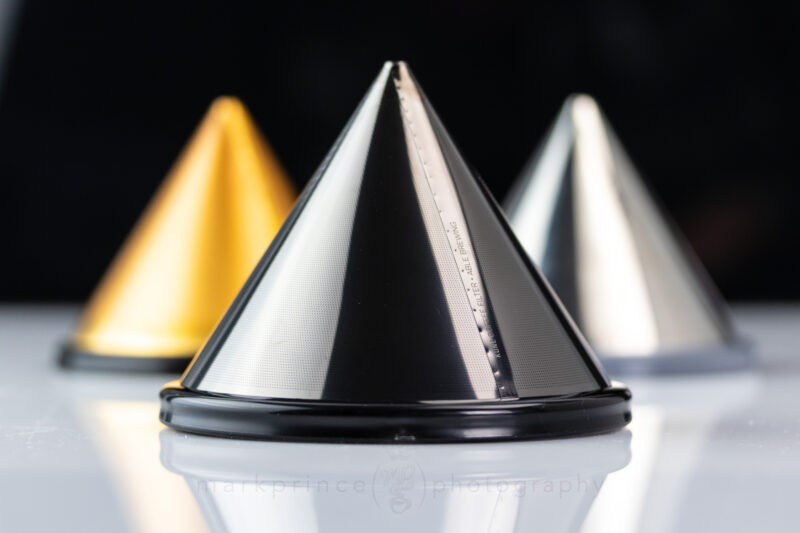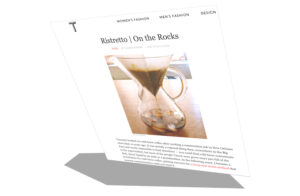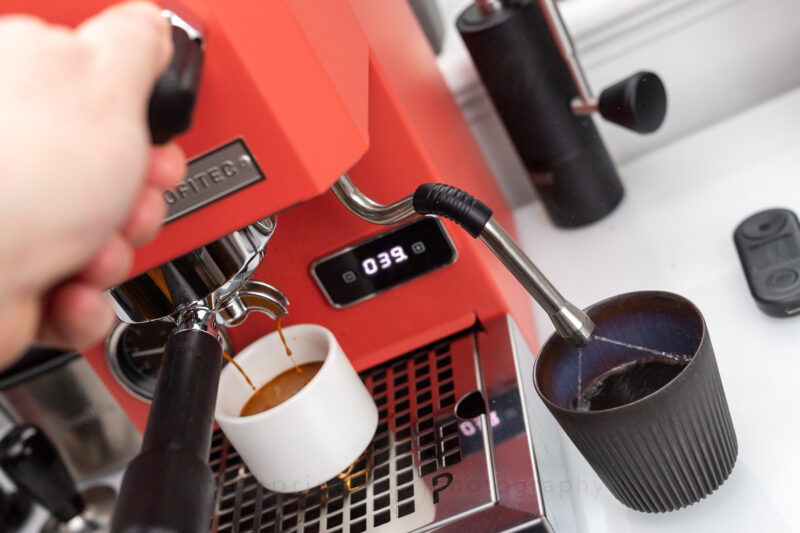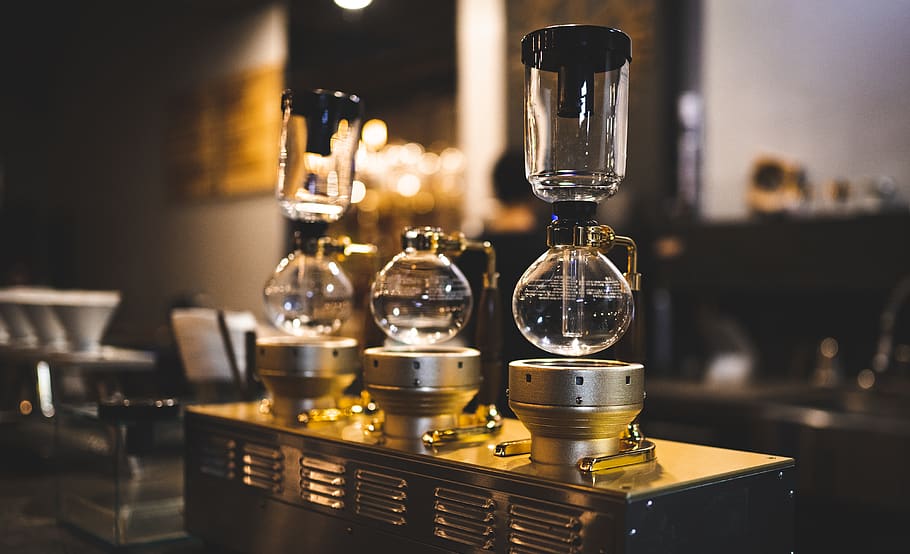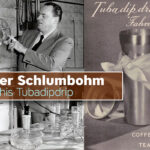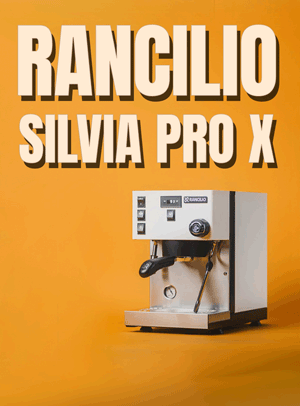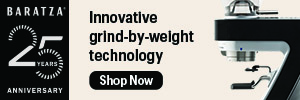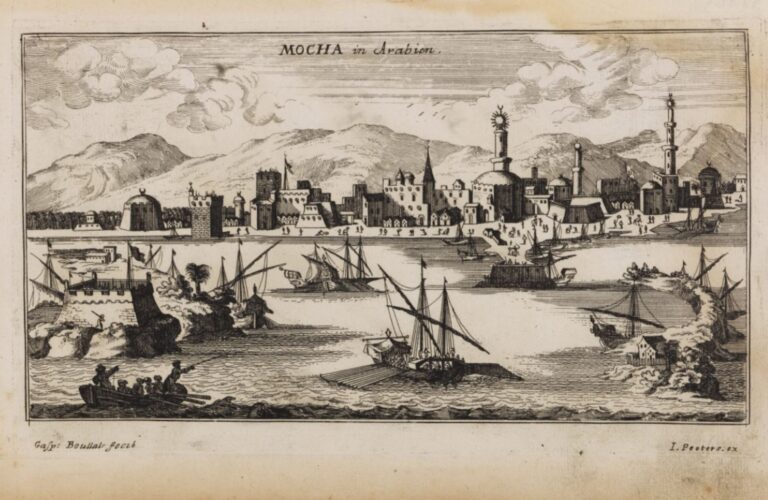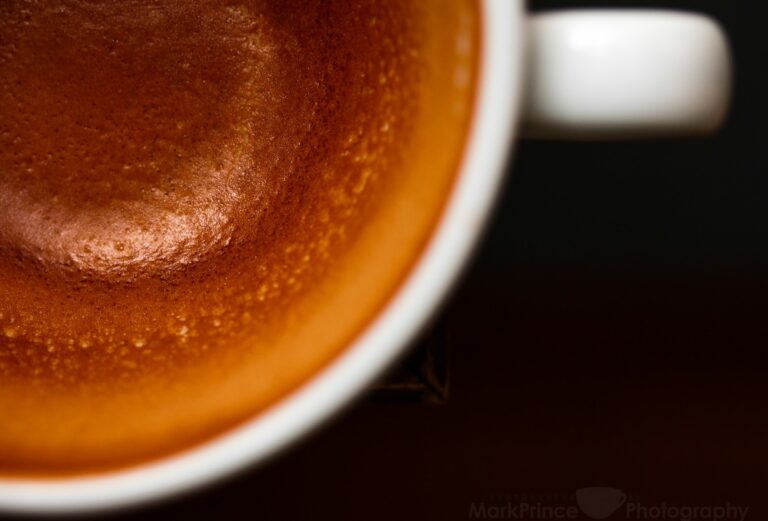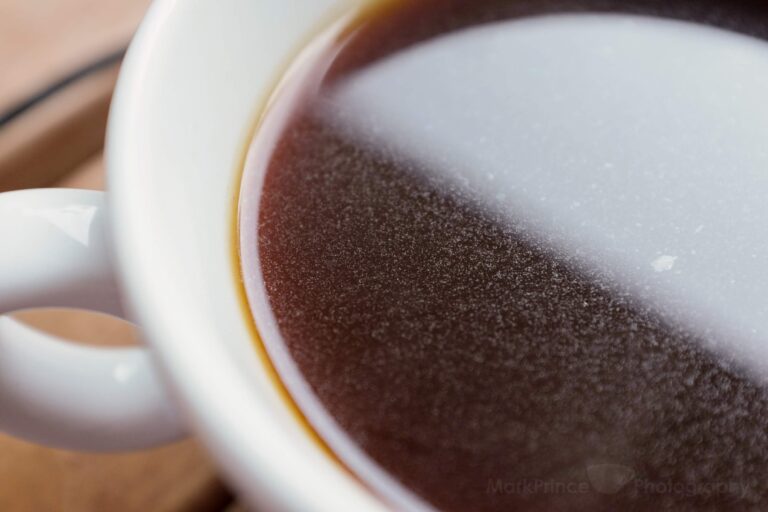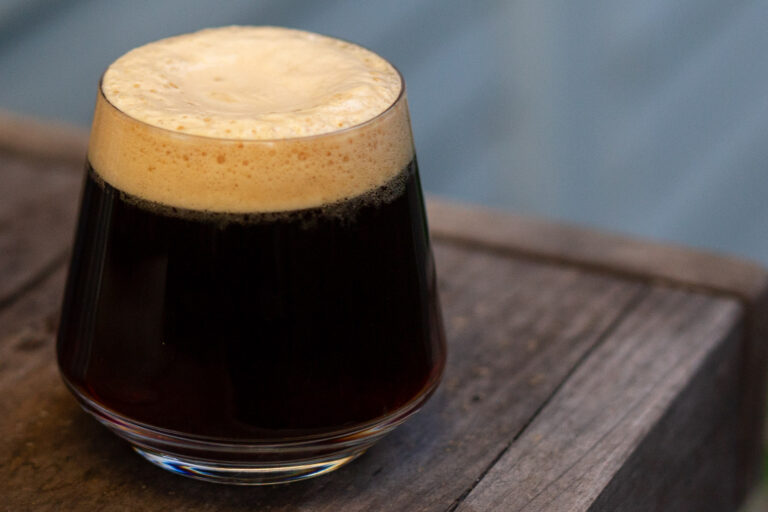Siphon coffee is an integral part of Japanese coffee culture, and it has been so for over a century. In Japan, the siphon coffee maker – known for a long time as a vacuum coffee maker in the USA – is revered for its precise brewing technique that brings out the full flavor of the coffee. Siphon coffee in Japan is a ritual, and it is enjoyed not just for the taste of the coffee but also for the sensory experience it provides.
If you don’t know what siphon coffee is, CoffeeGeek has an excellent how to on the brewing method, which is very much worth a read. But if you just want to know the process in a nutshell, here it is.
It involves heating water in the lower chamber of the siphon, which then creates expansion of gases (steam), which in turn pushes liquid water up into the upper chamber through a siphon tube. There, it mixes with the coffee grounds to create the brew. The steam generated in the lower bowl keeps the water up in the upper chamber. When heat is removed, the steam phase changes back to liquid water and creates a vacuum in the airspace. That vacuum sucks the brewed coffee back down, through the siphon, into the lower bowl to complete the brewed coffee process.
Siphon Coffee Comes to Japan
The technique of siphon coffee brewing was introduced to Japan around 1920 when the earliest Silex models from the USA were imported, along with the venerable Cona model from England (which today is made in Belgium). The siphon’s arrival coincided with the growth of interest in coffee, due to the Meiji Era and an increased popularity in all things western.
There is a core tenant to life in Japan – the Takumi goal – where the heights of artisan skill are pursued. In the world of coffee in the 1920s, the coffee siphon, with its scientific appeal and ability to produce a superior brew, appealed to the Coffee Takumi of the era.
In Japan, siphon coffee is not just a drink but a cultural phenomenon. The brewing process became an art form from its earliest arrival, and it never lost its cache, entirely. Like the rest of the world, siphon coffee making has seen its ups and downs in terms of mainstream use and even availability, but siphon coffee makers were always available in Japan, except during the second world war era.
The coffee takumi of Japan developed and honed their siphon brewing techniques over the years and decades. Much like Japan has developed tea ceremony rituals; rituals grew around the use of the siphon coffee maker. Very precise application of the components of the brewer during the heat up phase. Very specific ways of adding ground coffee. Equally specific ways of stirring the slurry of brewing coffee. Still more specific timings on contact time and removal of the heat source. Even the way siphon coffee is poured has its own ritual.
Siphons rarely exceeded the 500ml size, and indeed were usually 300ml or smaller. By contrast, the hey-day of the siphon coffee maker in the USA saw companies like Silex, Cory, Sunbeam, General Electric and others develop 1000ml or larger siphons.
This size is important, because the siphon coffee maker in Japan is an individual service brewer. In some ways very similar to the Italian approach with the birth and evolution of espresso. Every brew was unique to one customer, or in the case of Japanese siphon, enough for 2 or 3 small cups.
Japanese glassware companies have been making siphon coffee brewers since the 1930s. Many of us are familiar with Hario and their Technica line as the standard-bearer in siphon coffee design these days, but Hario only started making that siphon in the early 1980s. (They made their first siphon in the 1970s, called the Oshare. It had a tulip top brewing chamber, quite beautiful!)
More interesting is this: the Hario Technica is based on the Silex siphon coffee maker from 1916. In fact, the Hario Technica looks a lot like the original siphon coffee maker, designed and manufactured in France in the 1840s.

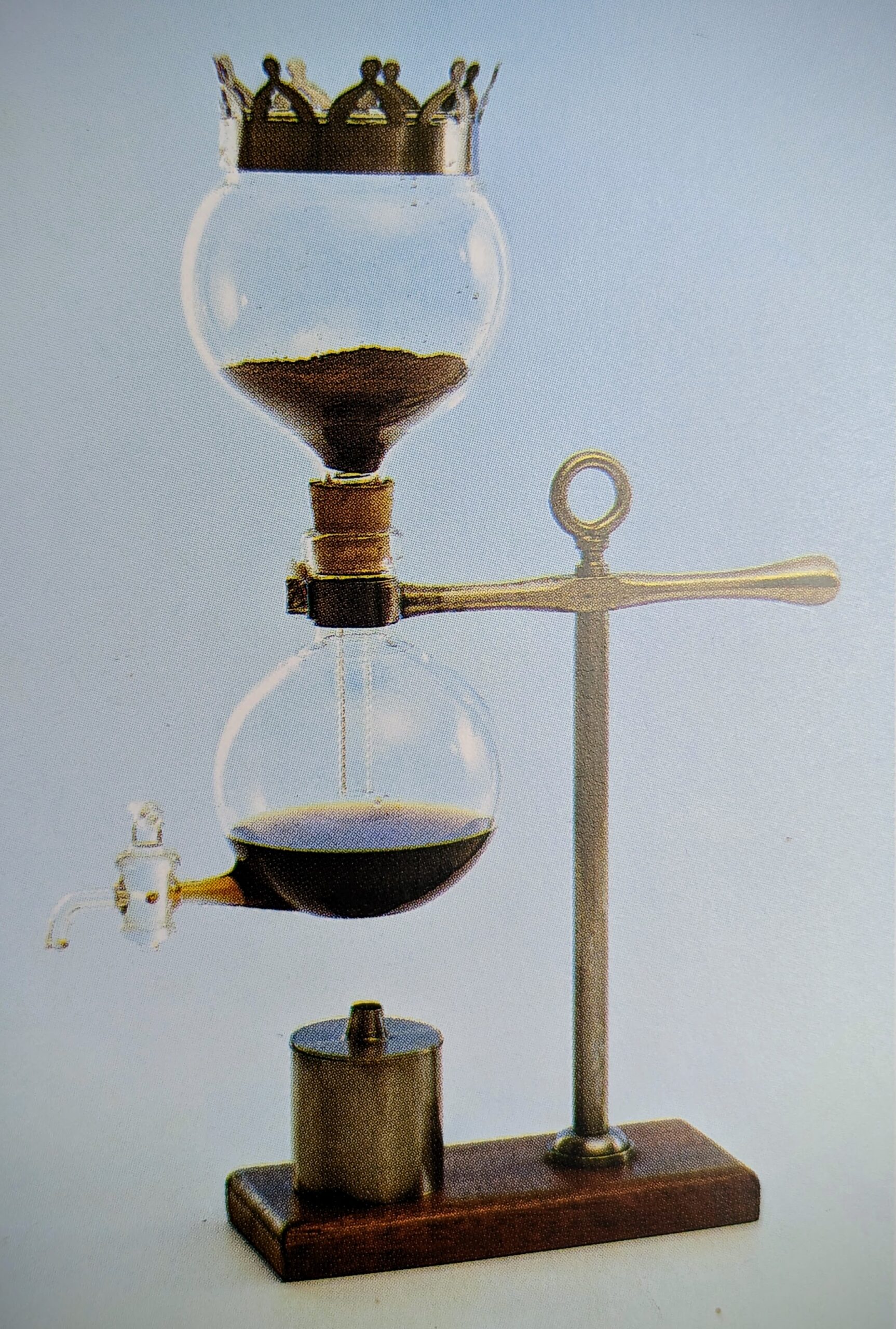
Siphon Coffee in Japan Today
Hario since the 1980s has designed a wide range of siphons, including ultra-modern designs and one of the most beautiful ones ever made – the Hario Nouveau. Other Japanese companies, including Tayli, Nakazato, Kimura, and Arakura have made siphons in Japan, but have either closed shop, or moved production to Taiwan and China. Today, Hario is the only manufacturer of siphon brewers still making them in Japan.
Siphon coffee is considered today to be a premium brew in Japan, and it is commonly found in specialty coffee shops and high-end cafes. The Japanese developed brewing process is both complex and time-consuming, which is why siphon coffee is often sold at a premium price.
The brewing process continues to develop as an art form in itself, and baristas in Japan who are skilled in the art of siphon coffee brewing are highly respected and sought after. In fact, many coffee shops in Japan have dedicated siphon coffee stations, where customers can watch as their coffee is brewed and experience the sensory delight of the process.
What makes the method so special is that it is a full immersion brew at nearly perfect water temperatures, especially in the hands of a coffee takumi. Cloth filters mean a very clean finished cup, but one that retains the flavor and aroma oils that paper tends to block in the brewing process.
In Japan, siphon coffee is not just about the taste but also about the presentation. The elaborate brewing process, involving a glass bulb, a cloth filter, and a burner, is a visual spectacle, and it is often compared to a science experiment. The transparency of the glass also allows the customer to see the coffee being brewed, which adds to the sensory experience.
Siphon coffee brewing competitions have also become a popular event in Japan. The National Siphonist Championship is held annually in Tokyo, and it attracts baristas from all over the country who compete for the title of Japan’s best siphonist. The competition is judged on the taste, aroma, and presentation of the coffee, and the winner is awarded a cash prize and the prestigious title of Japan’s best siphonist.
The popularity of siphon coffee in Japan in the last few decades has helped craft a new edition of coffee culture that emphasizes the quality and craftsmanship of the brew. Coffee shops in Japan often showcase the coffee beans they use and offer a range of brewing methods, including siphon coffee, pour-over, and espresso. The emphasis on quality and craftsmanship is reflected in the high price of coffee in Japan, which is often double or triple the price of coffee in other parts of the world.
Siphon coffee has also become a popular subject for coffee-related literature in Japan. Many coffee shops in the country have books and magazines dedicated to coffee, which include articles on siphon coffee brewing, coffee bean roasting, and coffee history. There are also many coffee-related events held in Japan, including coffee festivals, coffee tours, and coffee-themed workshops.
Japan’s Influence on the World of Coffee
Just like the Hario V60 has almost single-handedly revitalized pour over coffee around the globe, Japan’s love and attention to the siphon coffee maker has re-introduced it to place that put vacuum coffee makers on the back burner, as it were. In fact, we now refer to these brewers as “siphon coffee makers” instead of vacuum coffee makers, the nomenclature they were recognized as in the USA between 1915 and 1960 (and beyond). That is a serious tell of the influence of Japanese coffee culture to the world.
The art of siphon coffee brewing is respected and revered in Japan, and it is a testament to the culture’s appreciation for craftsmanship and attention to detail. The ritual of Japanese siphon coffee has carried over to many third wave coffee shops in the USA, including cafes that have big five station siphon brewing stands using halogen lights as the heaters. For a long time, Japan carried the torch for siphon coffee, but now we all get to enjoy this fantastic brewing method.
Ethan fell in love with coffee when he lived in Japan for 2 years. He worked in the coffee business as a roasters apprentice and barista until his late 20s, but never gave up a love for coffee. His favourite vacation is doing solo canoe trips in the interior of Ontario.
-
Ethan McGonigalhttps://coffeegeek.com/author/ethanm/April 2, 2024
-
Ethan McGonigalhttps://coffeegeek.com/author/ethanm/December 6, 2023
-
Ethan McGonigalhttps://coffeegeek.com/author/ethanm/November 20, 2023


